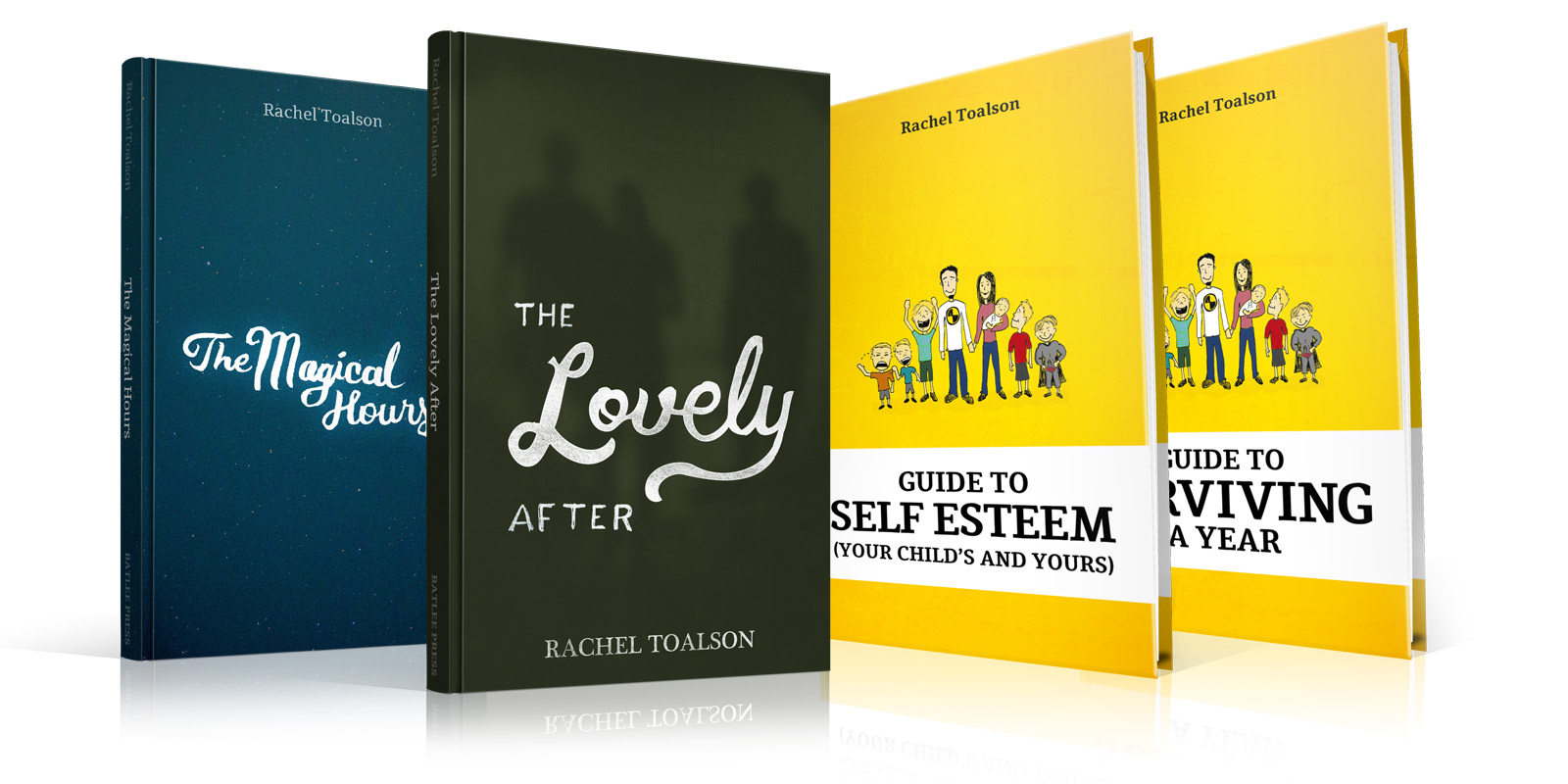When I visit kids at schools, someone usually asks me if I just write my book and that’s that. It’s a humorous question to me; a book is hardly ever finished the first time it comes out on paper (there is, of course, the very, very rare exception). But students are often surprised to know just how many drafts my books require.
It’s impossible to say, when I’m first starting a book, how many drafts it will take to perfect it (in my eyes, at least). Drafting is like starting with a big block of wood that has little shape and whittling it down to something artistic and beautiful. Sometimes that can be done in five drafts, sometimes it takes twenty. Most of my books take seven or more—intentionally. I have a process that infuses time and space into the workflow, and that is necessary, for me, to write the best book I can. Time and space allow me to approach my manuscripts with the impassivity of a reader reading it for the first time.
The above picture is my workflow. I spend the bulk of my time researching and brainstorming characters, plots, locations, emotional arcs, and character relationships. Once that’s finished (and sometimes I have 20,000 words of brainstorm during this stage), I write the first draft. I don’t self-edit, don’t change anything, try not to even backspace for this first draft. I just get all the words onto the page as fast as I can. Then I set the manuscript aside for a month or two.
Draft two is for deepening scenes, focusing on the emotions and descriptions, bringing settings to life. Once finished with draft two, I again set the manuscript aside for one or two months. Before draft three I read through the manuscript and make notes—what are the confusing places? Are there any plot holes? What needs more research to really come alive? Are there inconsistencies? I make a triage list of what needs tweaking in the next draft.
Other drafts focus specifically on language. One draft includes multiple “passes,” reading through the manuscript for specific things—one pass for characterization, one for dialogue, one for beginnings and endings of chapters, one for symbols, motifs, and epanelepsis (returning to something later that was introduced earlier but changed).
My process differs between picture books, poems, and essays, but at the heart of it, it remains the same. Books and poems and any piece of writing takes time, and we can’t rush the process. I find that every draft I do—some of them complete rewrites, some of them just tweaks—brings me closer to the heart of my story.
How do you know you’re done? I don’t have a definitive answer for that. Every story is different, and the truth is, you likely could go on revising forever and ever. I could revise my published books, if my publisher permitted me. At some point, in order to get our work out into the world, we have to type, “The End.” You’ll know when it’s the right time.
Don’t be afraid to let it go.


